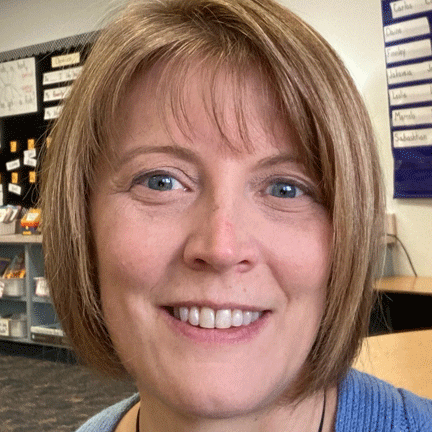A few years ago, I came home and announced that I’d be doing a different job at my school the next year. My youngest son looked incredulous. “Don’t be offended,”...
Membership Required
The rest of this content is restricted to Literacy Leaders members.
Join us today for instant access and member-only features:
Articles
Get full access to all Choice Literacy article content
Videos
Get full access to all Choice Literacy video content
Product Discounts
Receive members-only product discounts for online courses, DVDs, books and more
Membership Options


